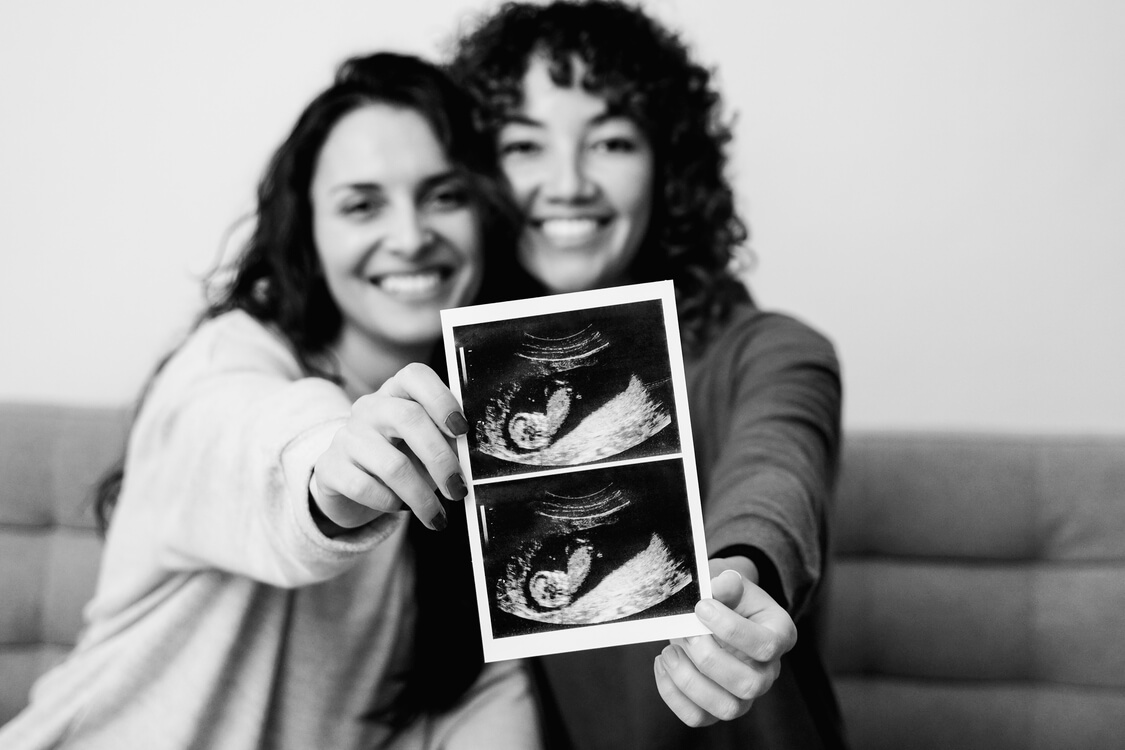ROPA Method

Shared motherhood
In Cornel, as in the other cases, the protocols in the ROPA method are highly personalized. In this way, and in order to always ensure the greatest possibility of success in pregnancy, we carry out an in-depth examination of both women in the couple, recommending according to criteria that lead to success, which woman should be stimulated and which should be the surrogate.
ROPA method: How is it performed?
The ROPA method is a very nice way for both women in the couple to experience and participate in the process of achieving pregnancy.
At Cornel we establish a cycle strategy based on the two women in the couple.
Our professional evaluates the reproductive status of both women, that is, the ovarian reserve, the quality of the eggs, the state of the uterus and other issues, in order to achieve the greatest possibility of success.
After this in-depth study, the specialist will propose a personalized stimulation strategy for the biological mother and an endometrial preparation and embryo transfer strategy for the one who will be the gestational mother.
At the end of the process both women will be biological mothers and a fundamental part of this family model.
Donor selection
In the ROPA method, the egg of one of the women is fertilised with donor sperm. As in cases of single motherhood, the donation is completely anonymous and confidential.
The choice of the sperm donor is made by the specialist taking into account the phenotype (race, complexion, hair colour and type, eye colour, etc.) and blood group compatibility.
To be a sperm donor, the man must undergo a thorough medical examination, the tests of which include, among others:
- Analysis of the semen sample (motility, morphology, concentration, etc.).
- Blood tests and serologies (HIV, Hepatitis, etc.).
- Detailed physical examination.
- Psychological evaluation.
- Freeze-thaw test of the sample.
- Karyotype.
- Carrier test.

In addition, the donor undergoes a genetic study known as a Carrier Test. This test detects possible genetic alterations and/or mutations present in the donor.
For this genetic test to be effective, it is necessary that the woman in the couple who is going to provide the egg also undergoes this carrier test, since in this way we can detect and therefore prevent the future baby from being born with one of the more than 300 hereditary diseases studied by the carrier test. With all this, when the semen sample arrives at the IVF laboratory of our clinic, we can ensure that it is completely optimal and that it complies with the highest standards of biological and genetic safety.





